Free Advice: Why Pricing Your Home Like a Retail Store Is a Bad Idea
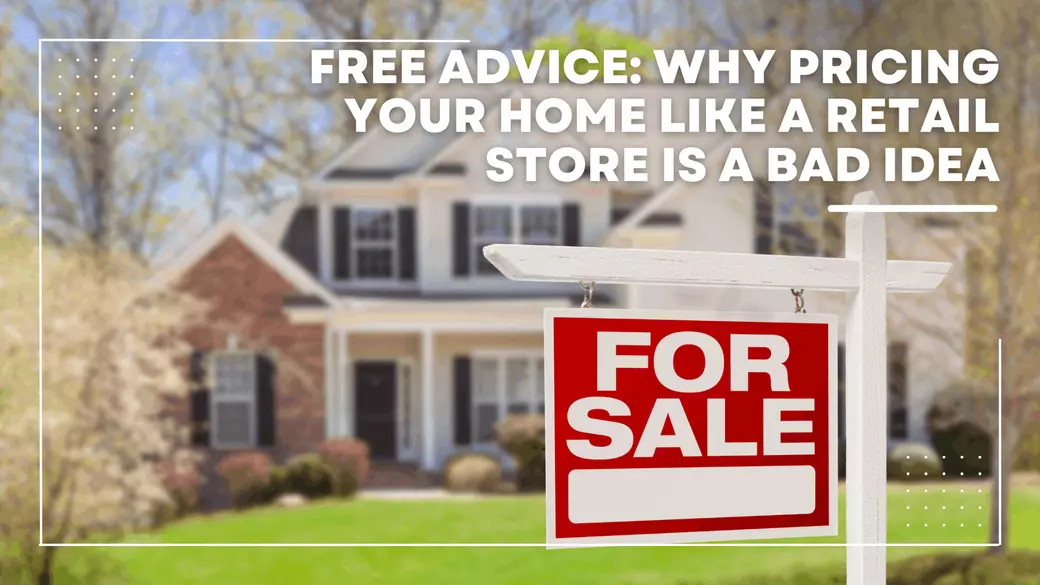
When it comes to selling your home, setting the right price is crucial. While retail stores often use charm pricing—setting prices just below a round number (like $9.99)—this strategy doesn't translate well to real estate. In fact, pricing your home at $499,999 instead of $500,000 could limit your pool of potential buyers. Here's why adopting a strategic pricing approach, focusing on key thresholds, can make all the difference.
Understanding Buyer Search Behavior
Most homebuyers and real estate websites use rounded price ranges during their searches. For instance, buyers often set their maximum price at $500,000, $550,000, or $600,000. If you list your home at $505,000, it won't appear in searches capped at $500,000, even if those buyers might stretch their budget slightly for the right property. This means you could miss out on potential buyers simply because your listing is just above a common search limit.
The Pitfalls of Charm Pricing in Real Estate
While pricing a product at $9.99 instead of $10.00 might encourage a quick purchase in retail, this tactic doesn't have the same effect in real estate. Homes aren't impulse buys; they're significant investments. Buyers typically set strict budget limits and use search filters to manage their options. Listing your home at $499,999 instead of $500,000 might exclude it from searches starting at $500,000, thereby reducing its visibility.
Strategic Pricing: Hitting the Right Thresholds
To maximize your home's exposure, consider pricing it at or just below key thresholds like $500,000, $550,000, or $600,000. This strategy ensures your property appears in a broader range of search results, increasing the number of potential buyers who see your listing. For example, pricing your home at $500,000 means it will show up in searches for properties both "up to $500,000" and "starting from $500,000," maximizing visibility.
The Value of Attracting More Buyers
While it might seem like you're losing $10,000 by pricing your home at $500,000 instead of $510,000, consider the bigger picture. A lower, strategically set price can attract more buyers, potentially leading to multiple offers and a higher final sale price. Conversely, an overpriced home may sit on the market longer, leading buyers to question its value and resulting in price reductions. As noted by real estate expert David Dominguez, properties lingering on the market often invite offers 5% to 10% below the asking price.
The Bottom Line
In real estate, a home's value is ultimately determined by what a buyer is willing to pay. By setting a strategic listing price that aligns with common search behaviors and avoids retail pricing tactics, you increase your chances of attracting the right buyers and achieving a successful sale.
Categories
Recent Posts
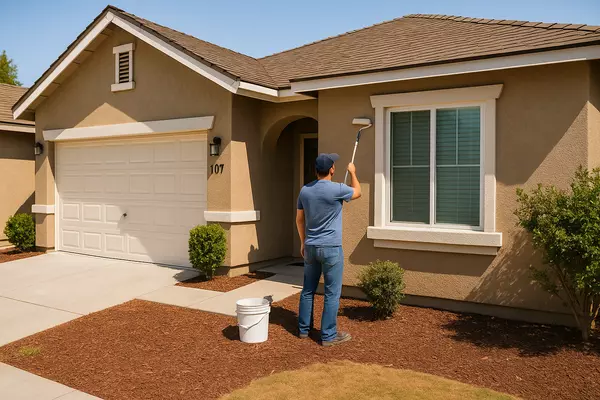

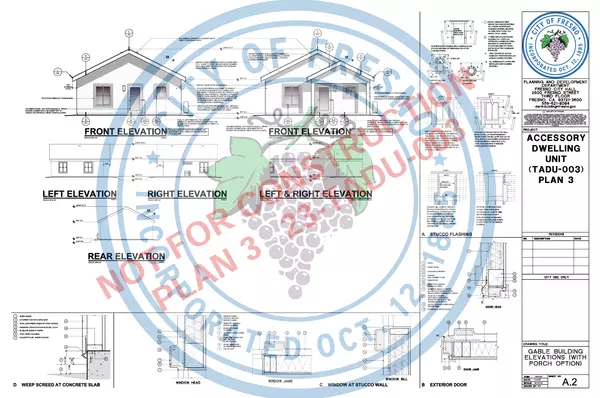
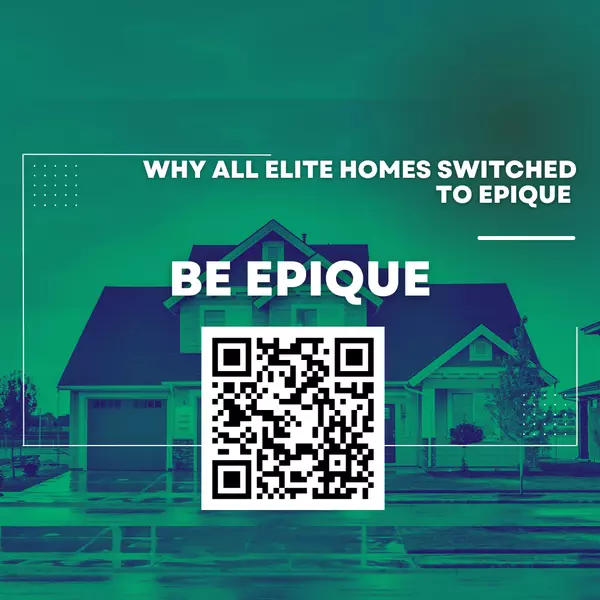


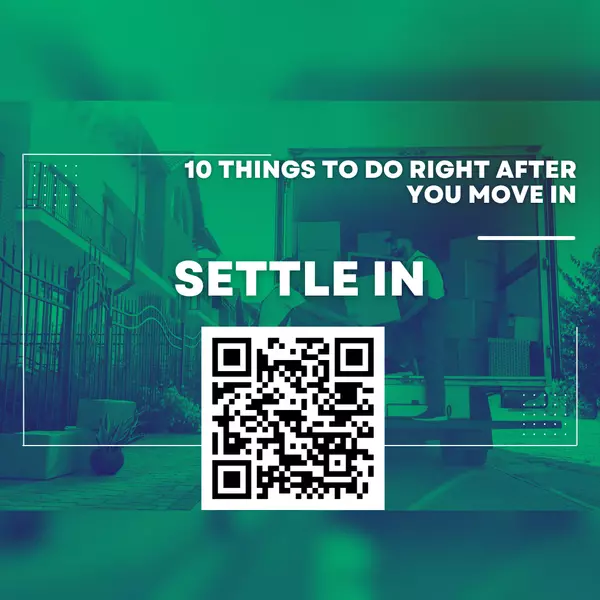
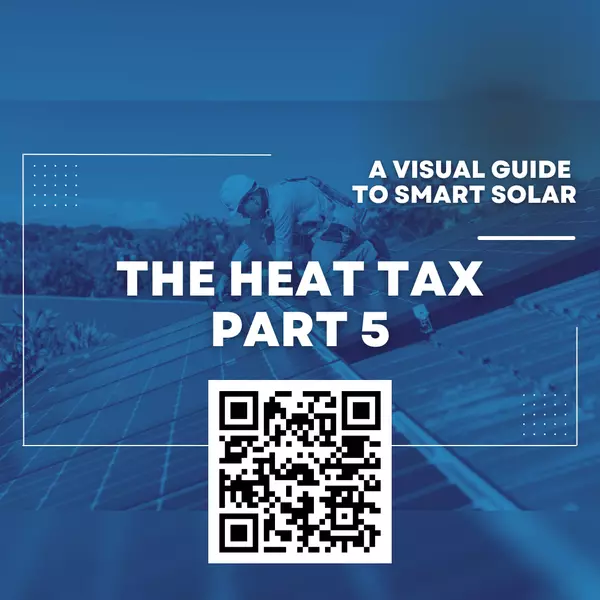
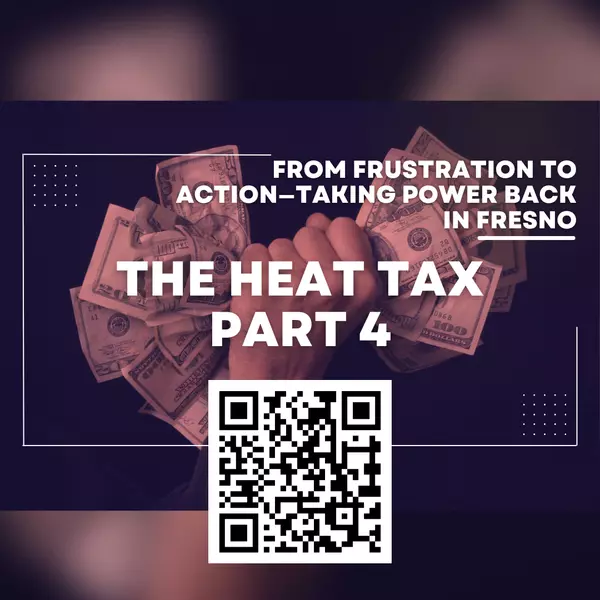
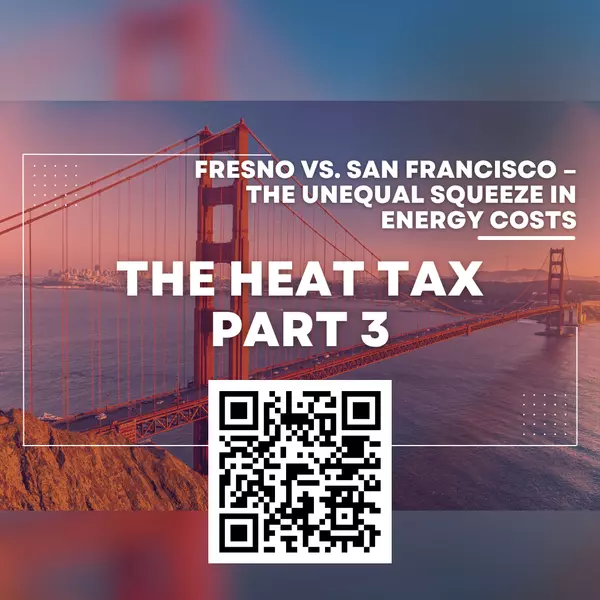
GET MORE INFORMATION


